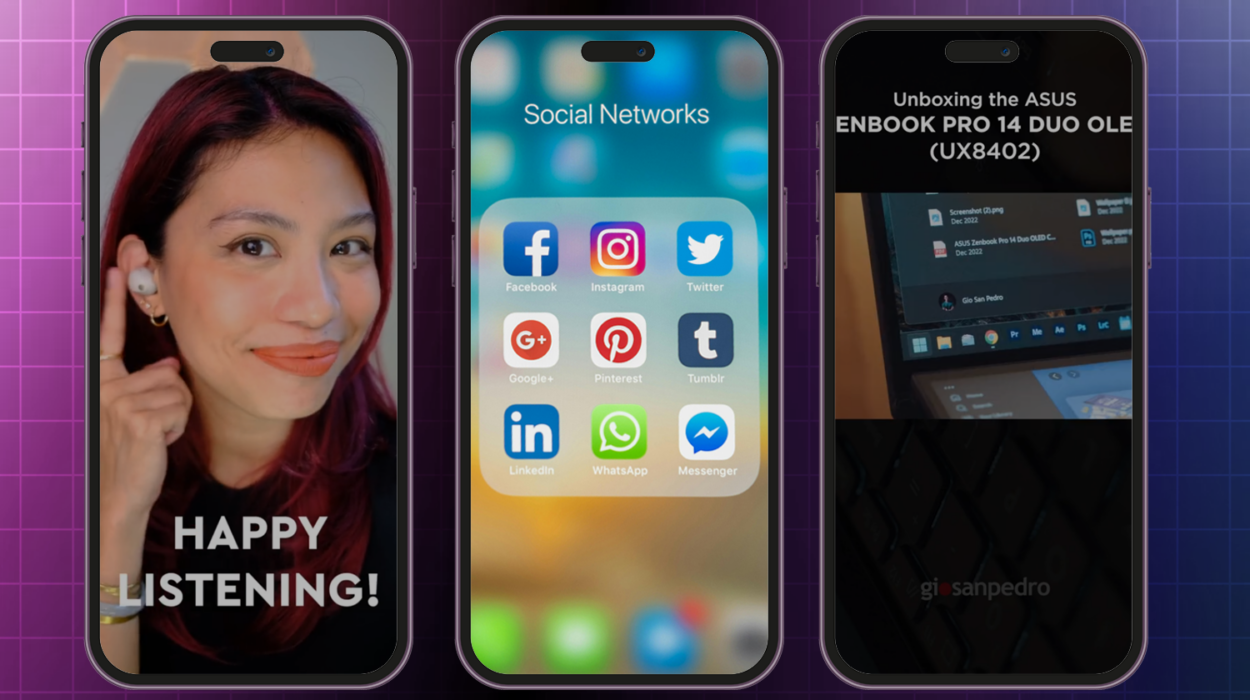This year, the Philippines is celebrating 124 years of independence. Many may have come to take the occasion for granted as just another regular holiday.
While there’s nothing wrong with enjoying the extra free time, it’s still important to take a look at what exactly we’re celebrating and what our country had to go through to get here.
This Independence Day, let’s take the time to refresh ourselves on the history of Philippine Independence and the journey it took us to get here. Here are some of the foundational facts and a few lesser-known ones you may not have heard about.
The Basics of Philippine Independence
1. The Treaty of Manila
The US formally recognized the independence of the Philippine Republic on July 4, 1946, through the Treaty of Manila.
2. Spanish Colonization
Before the Philippines declared independence, Spain ruled the archipelago for over 333 years, leaving deep influences on our culture. These ties can still be felt today, from the words we use on a daily basis, to our local delicacies, religious beliefs and practices, and other traditions.
3. Philippine Revolution
Another well-known fact is that Filipinos sparked a revolution against Spain in 1896. This was spearheaded by the Katipunan, a secret society founded by Andrés Bonifacio.
4. The Role of José Rizal
National hero Dr. José Rizal ignited the fight for independence through his writings. He was executed by the Spanish in 1896.
5. Philippine-American War
Despite the Declaration of Independence on June 12, 1898, a new war broke out with the US, which gained control of the Philippines after the Spanish-American War.
6. Emilio Aguinaldo and the Declaration of Independence
Emilio Aguinaldo declared Philippine Independence from Spanish rule on June 12, 1898, in Kawit, Cavite, also introducing the national flag and the national anthem.
Lesser-known Facts About Philippine Independence
1. Cryptographic Society
The Katipunan used cryptographic scripts and secret codes for their plans against Spanish rule. While they were planning and organizing the revolution, these ciphers became integral to their communications with one another.
2. July 4th vs. June 12th
Philippine Independence Day was celebrated on July 4th until 1962. Former President Diosdado Macapagal moved it to June 12 to commemorate the original 1898 declaration.
3. Longest Flag-Raising Ceremony
The longest time spent raising the flag was recorded in the Philippines during the centennial celebrations of Independence Day in 1998. The event lasted for exactly 2 hours, 35 minutes, and 22 seconds.
4. Freemasonry Influence
Many leaders of the Propaganda Movement and Philippine Revolution, like José Rizal and Andrés Bonifacio, were members of the Freemasons. The principles of Freemasonry significantly influenced their fight for liberty and equality.
5. Criticism of American Annexation
A political cartoon titled “School Begins” published in a US newspaper in 1899 showed Uncle Sam teaching new students representing annexed territories such as the Philippines, Hawaii, Puerto Rico, and others. This caricature visualized the imperialist approach of the US at the time.
6. First Republic in Asia
Established in 1898, the Philippine Republic, also known as the Malolos Republic, was the first constitutional republic in Asia. However, it was short-lived due to the subsequent American occupation.
There’s always more to holidays than you might think. Philippine Independence may sound like a long, worn-out song for many, but it comes from a rich and storied history that we should be proud to call our own.
M2.0 Communications is a PR agency in the Philippines that has been helping brands tell meaningful, data-driven narratives.


